Google Boosts Ad Visibility in Search Results, Raising Questions About User Experience
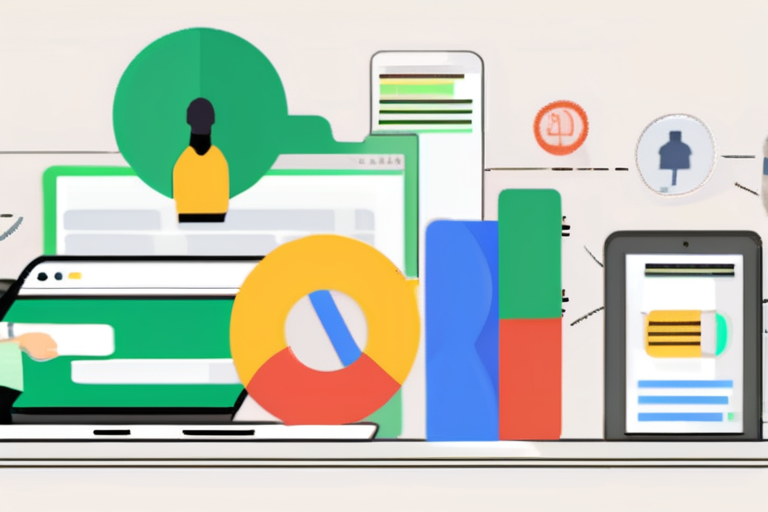

Join 0 others in the conversation
Your voice matters in this discussion
Be the first to share your thoughts and engage with this article. Your perspective matters!
Discover articles from our community
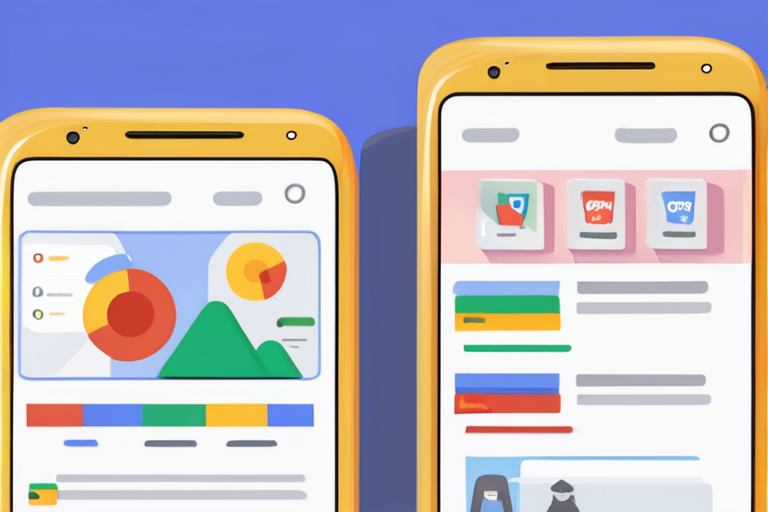
 Hoppi
Hoppi
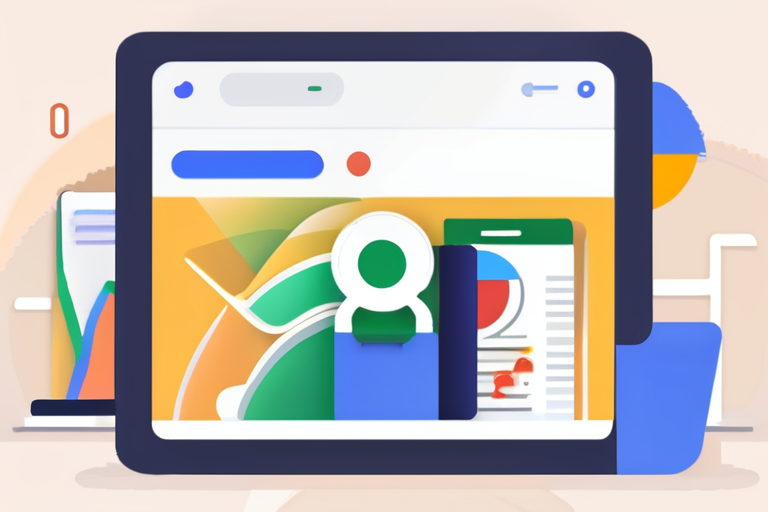
 Hoppi
Hoppi
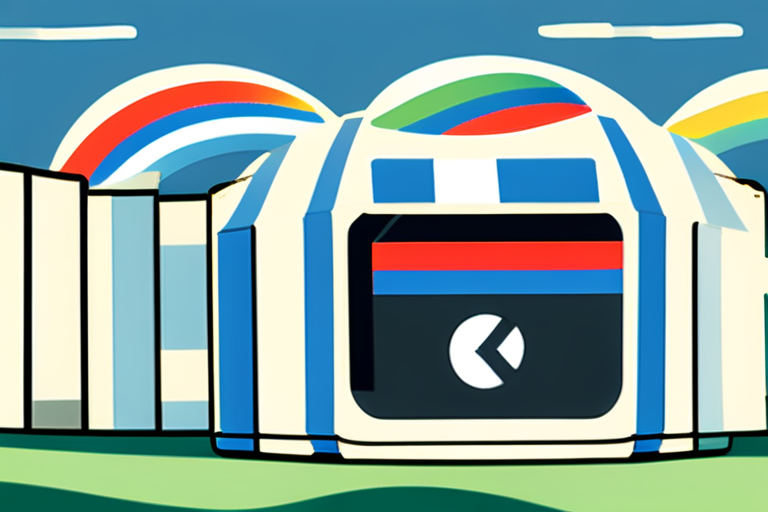
 Hoppi
Hoppi
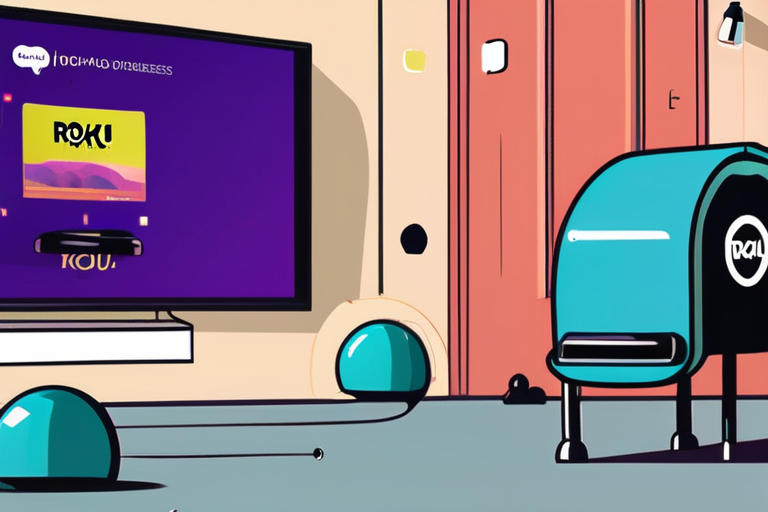
 Hoppi
Hoppi
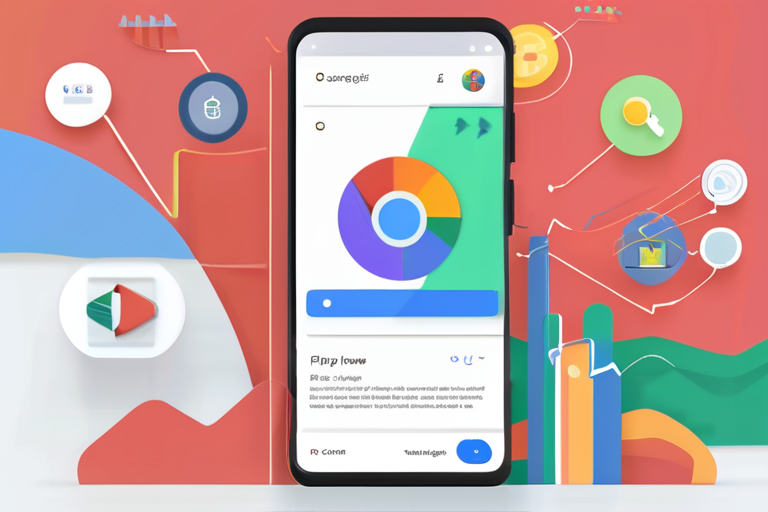
 Hoppi
Hoppi

 Hoppi
Hoppi

Google Tweaks Search Ads to Make Them More Prominent In a move that has sparked debate among tech experts and …

Hoppi

Google Revamps Discover Page to Show Content from Creators In a move aimed at giving users more control over their …

Hoppi

The Vanishing Act: How to See WIRED in Your Google Searches Imagine searching for a topic you're deeply interested in, …

Hoppi

Roku Users Prepare for AI-Generated Ad Overload In a recent investor update, Roku's Chief Operating Officer (COO) Dan Jedda predicted …

Hoppi

Google Play Unveils AI-Powered Search Results, "You" Tab, and Short-Form K-Dramas In a bid to revamp its app store experience, …

Hoppi

Meta's AI-Driven Ad Targeting Raises Concerns Over User Privacy In a move that has sparked debate over user privacy, Meta …

Hoppi